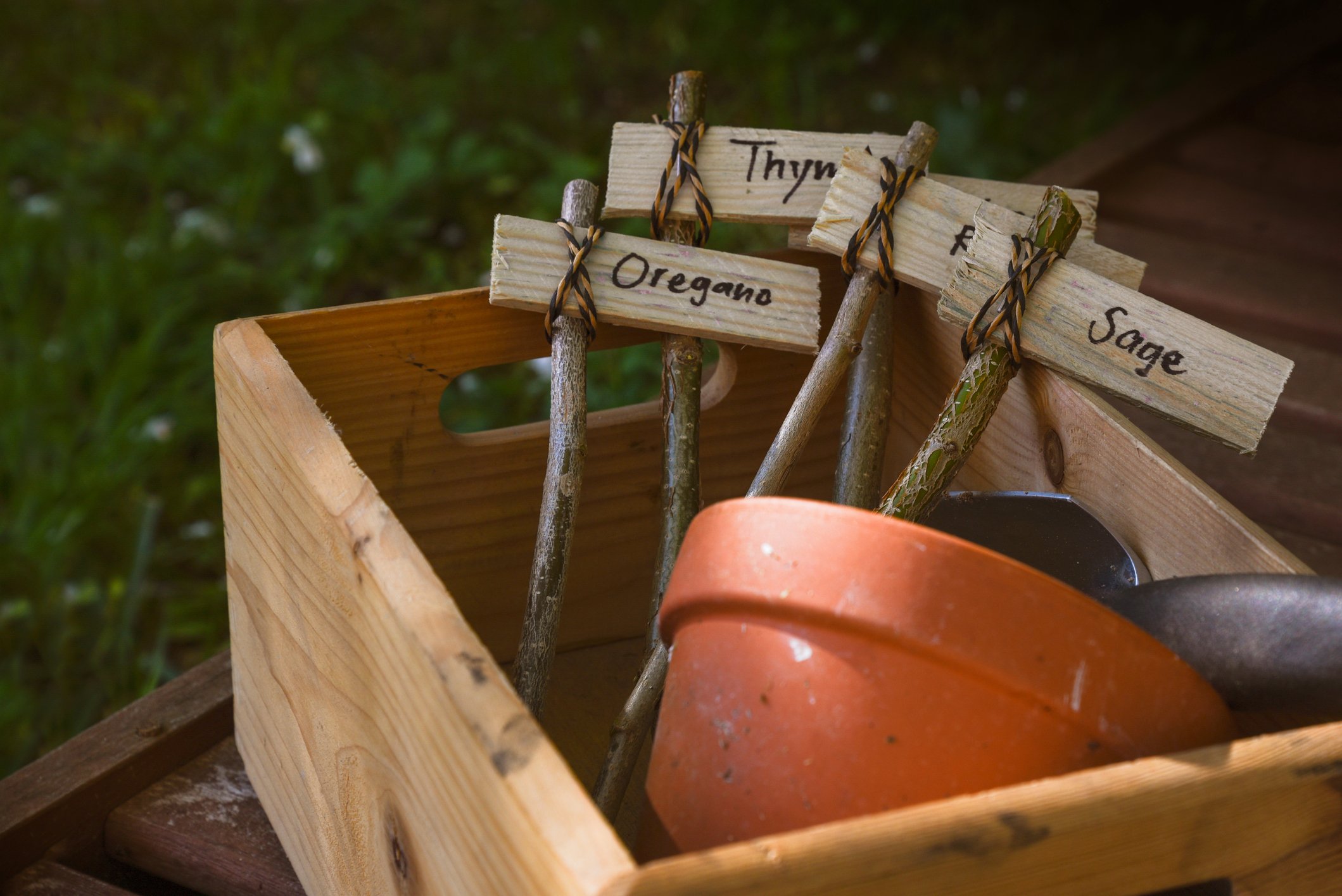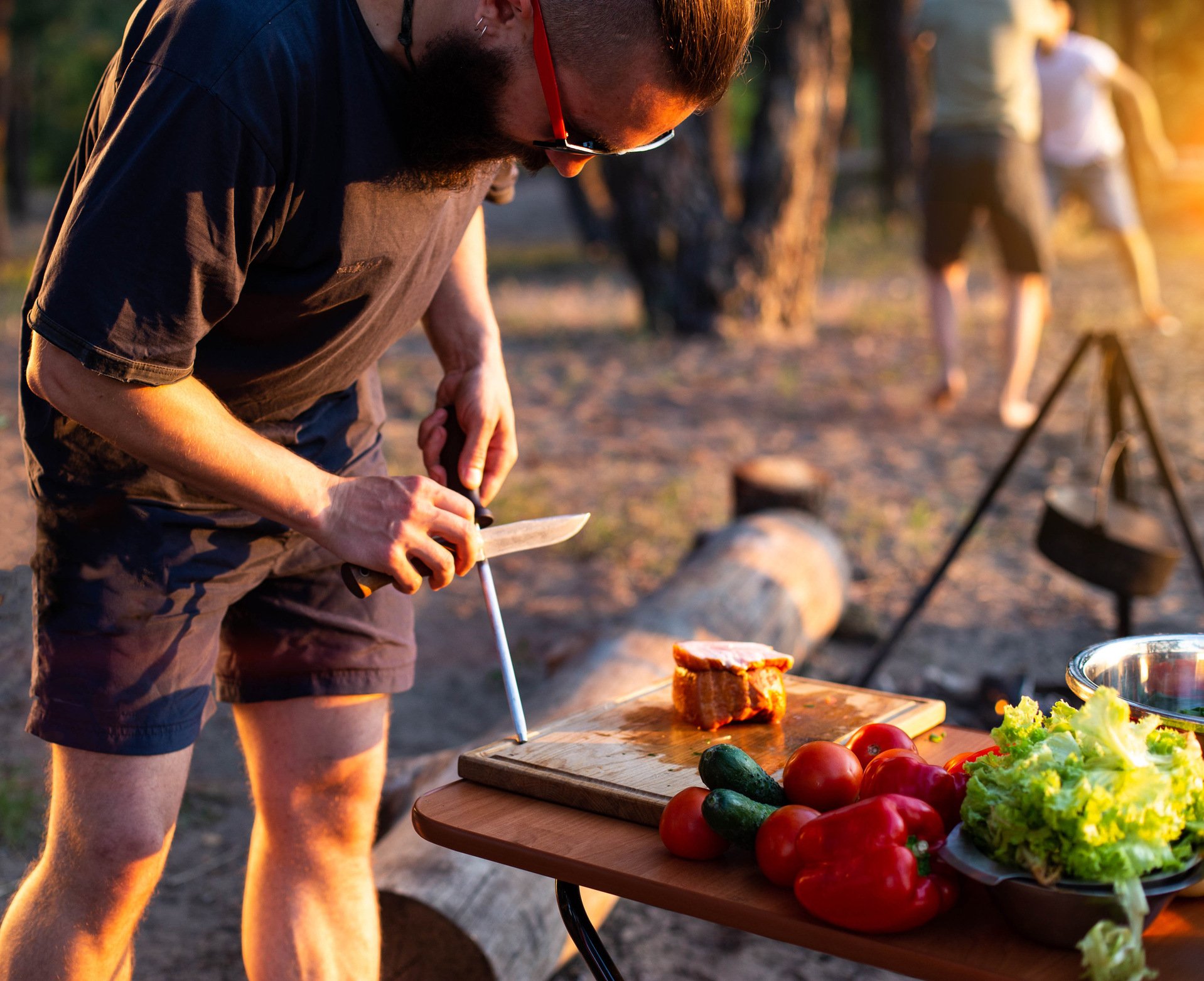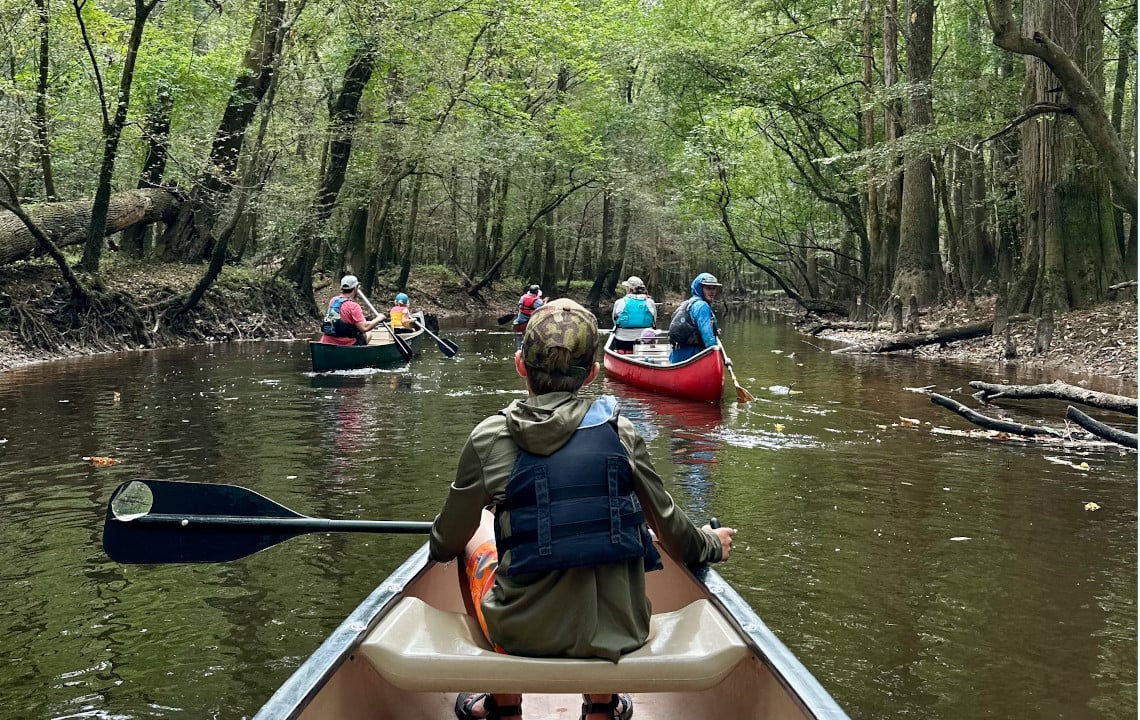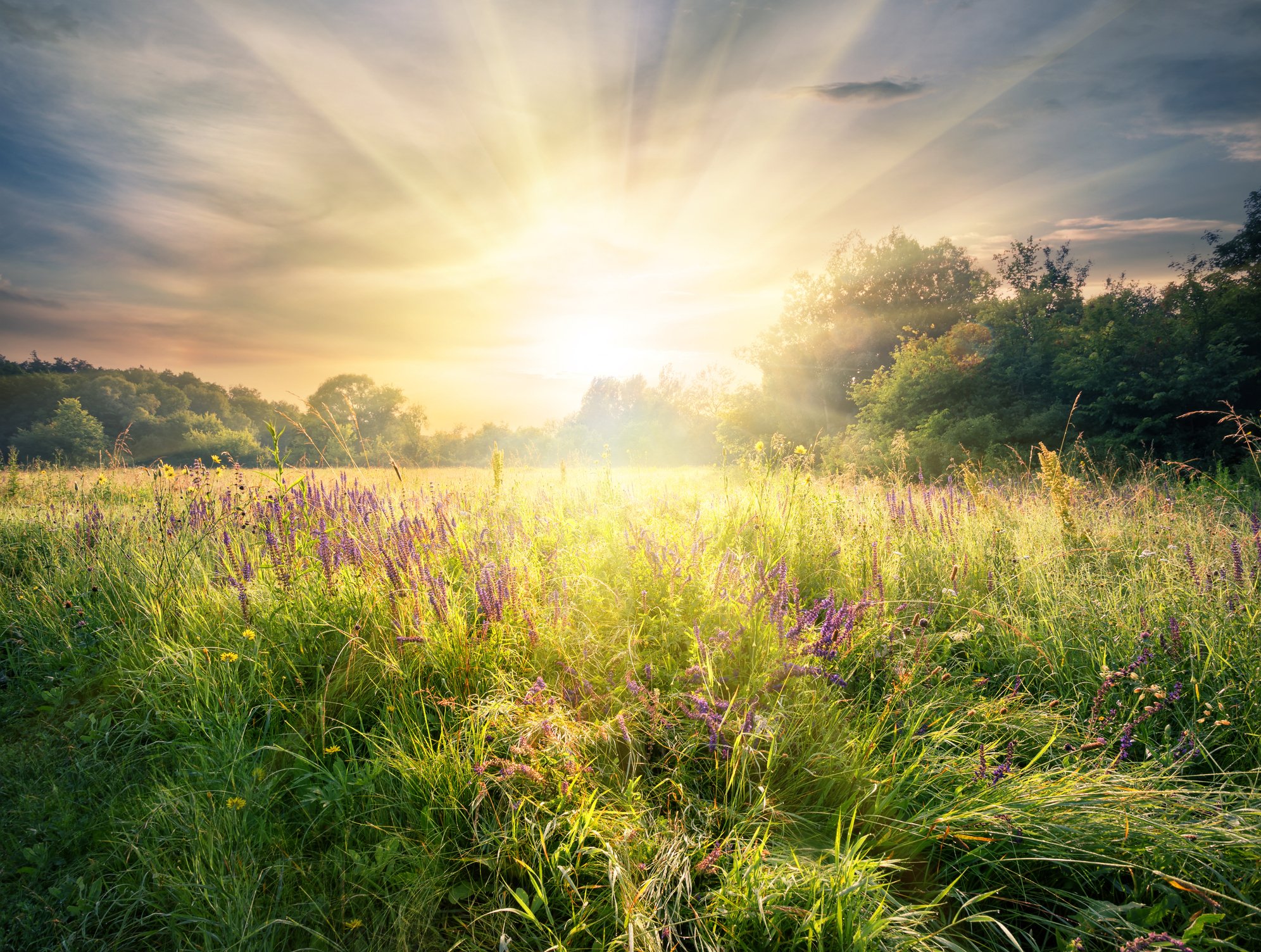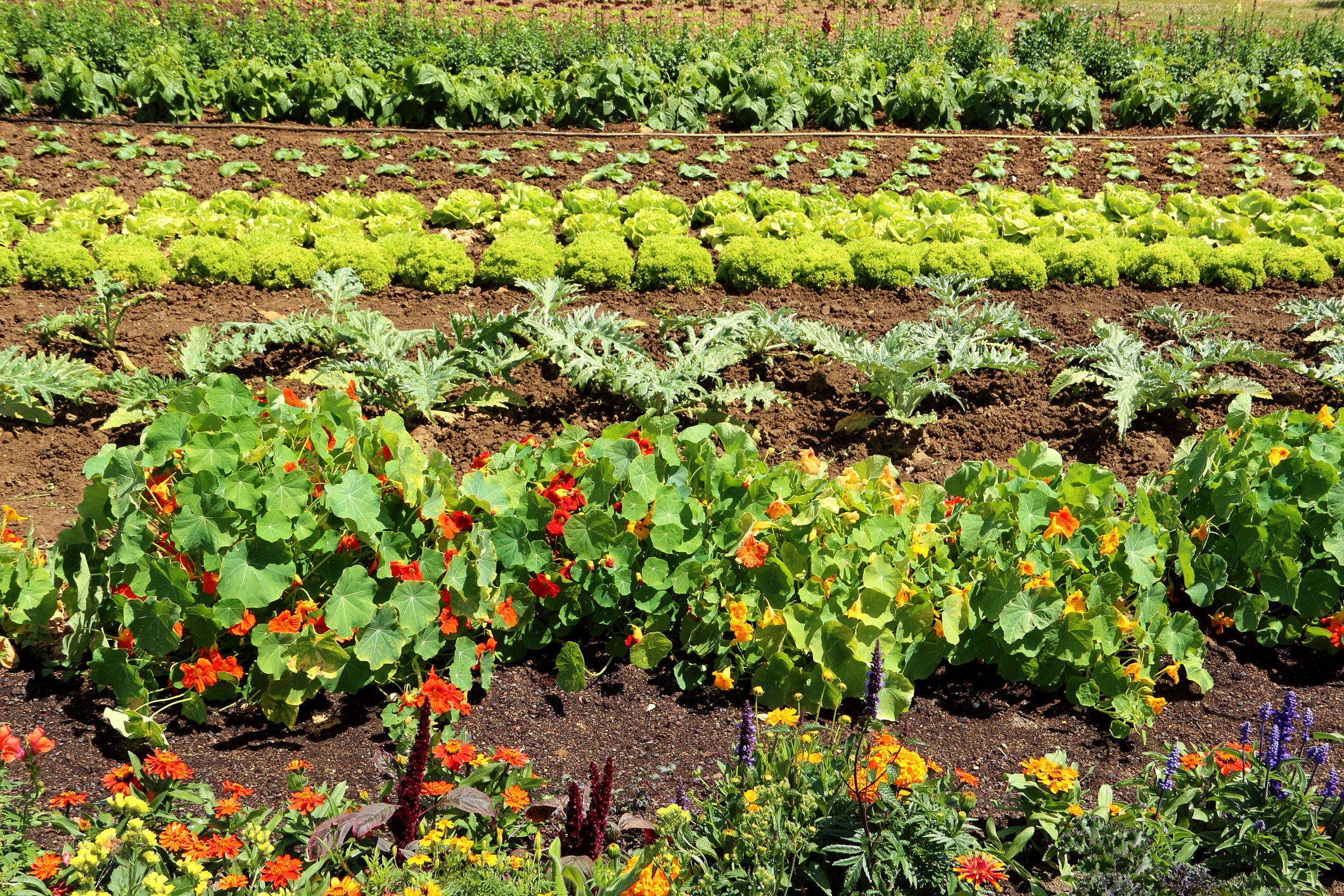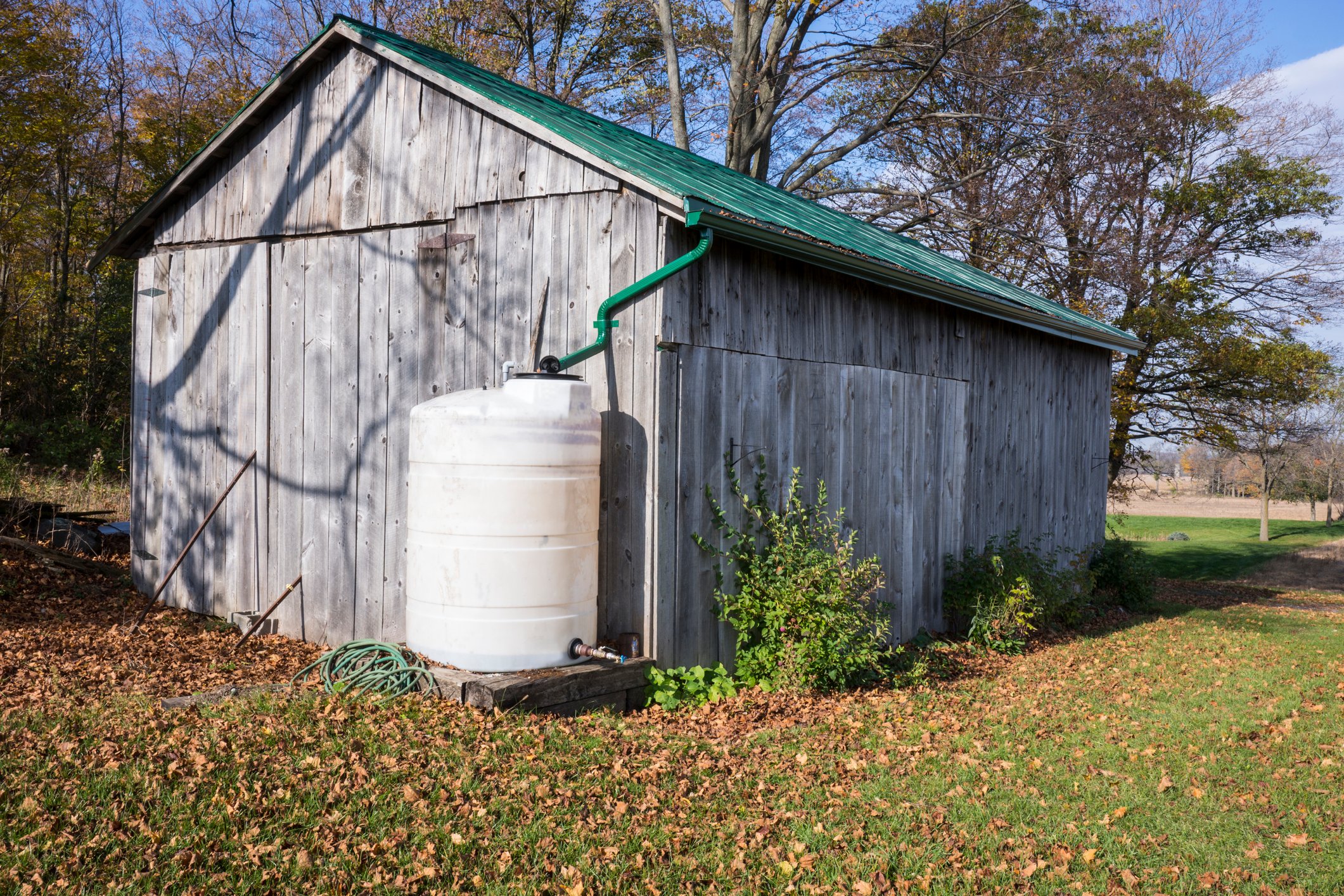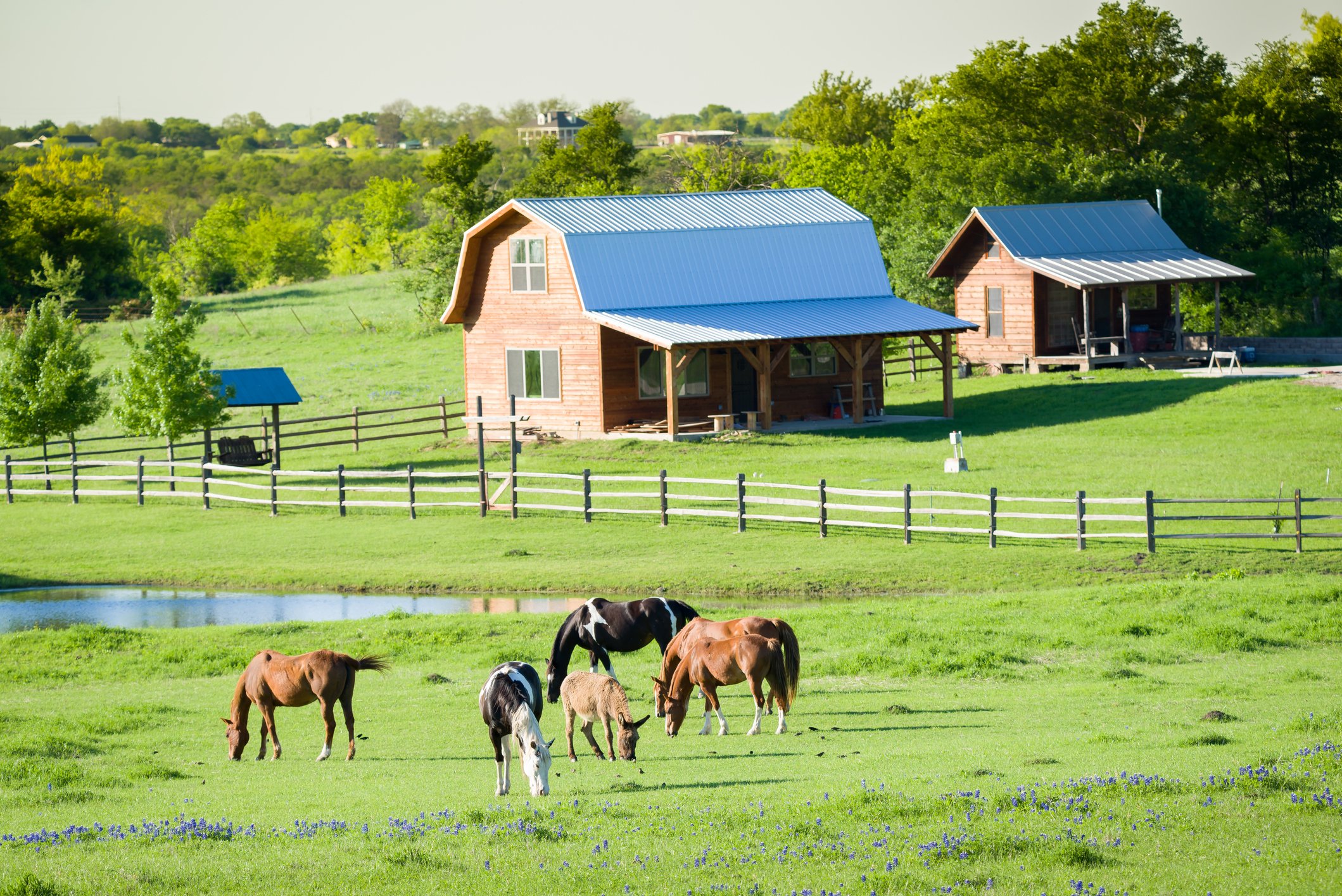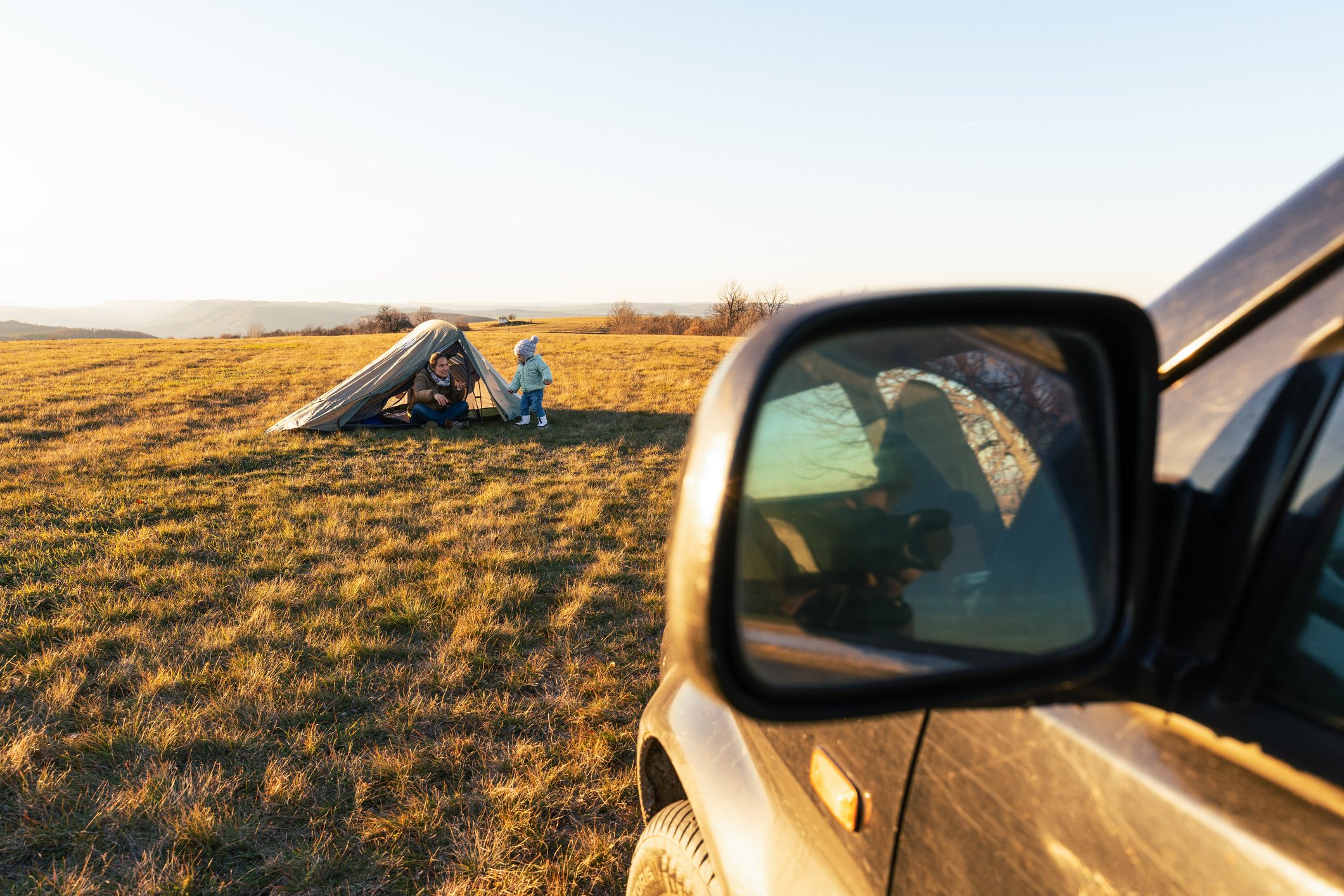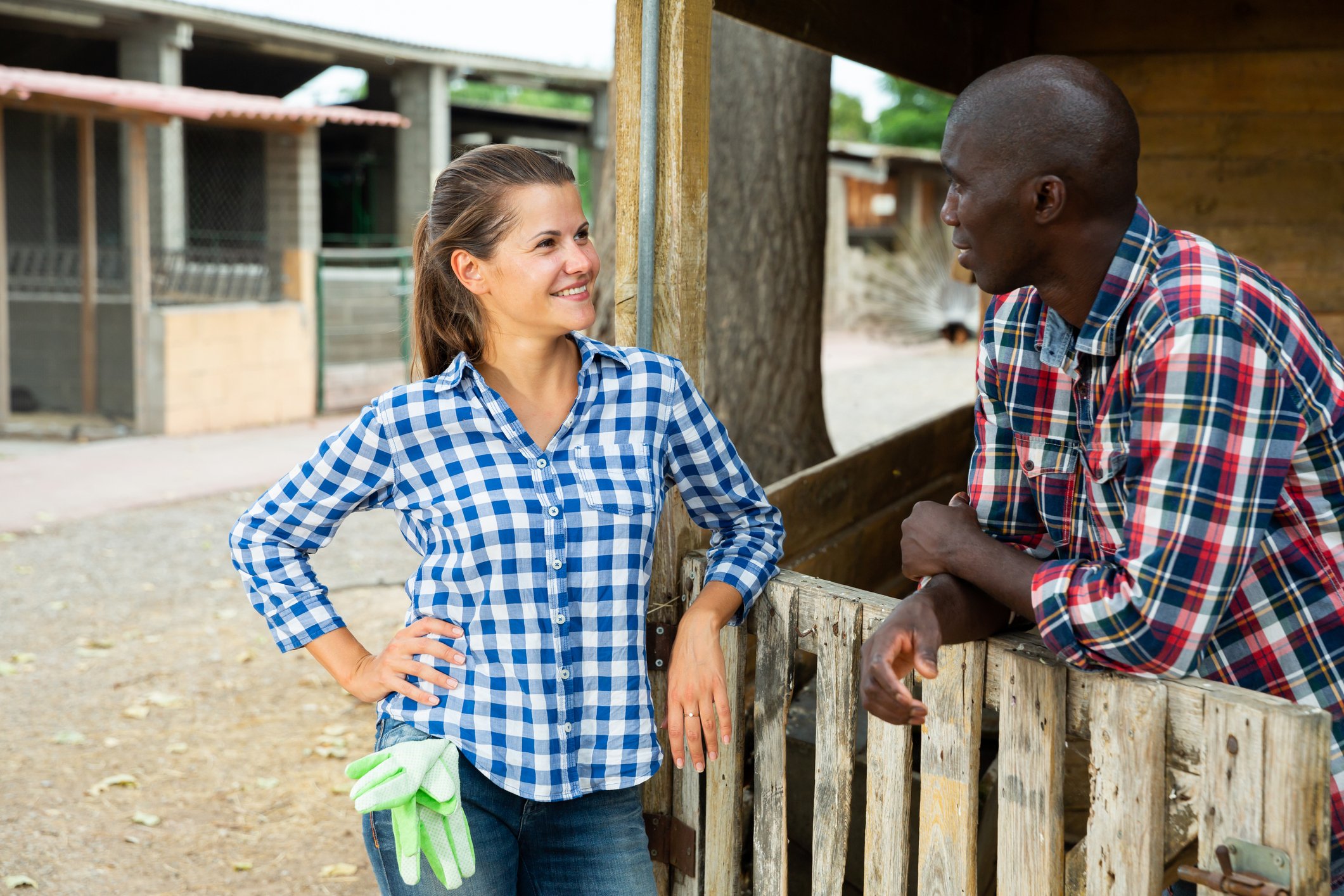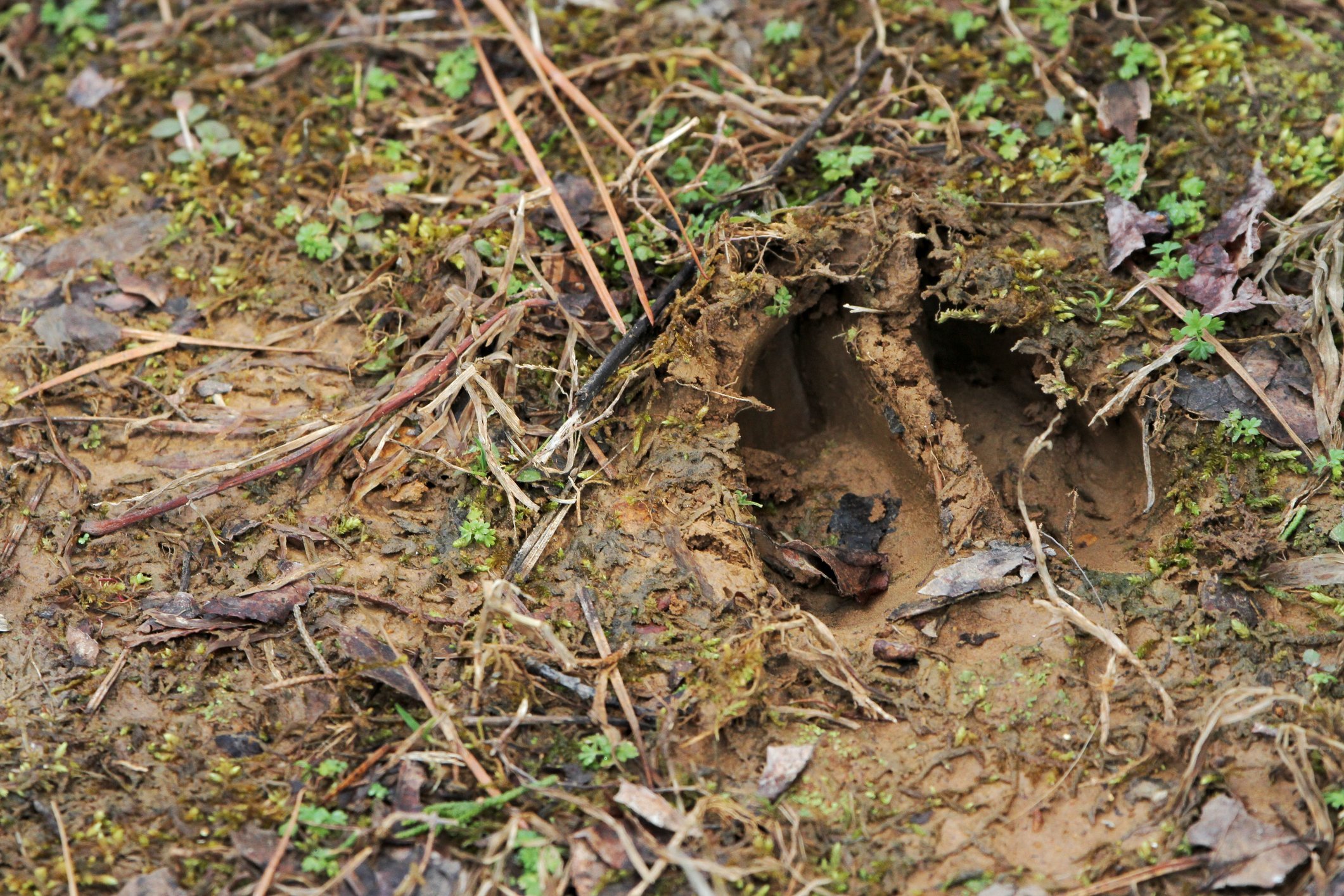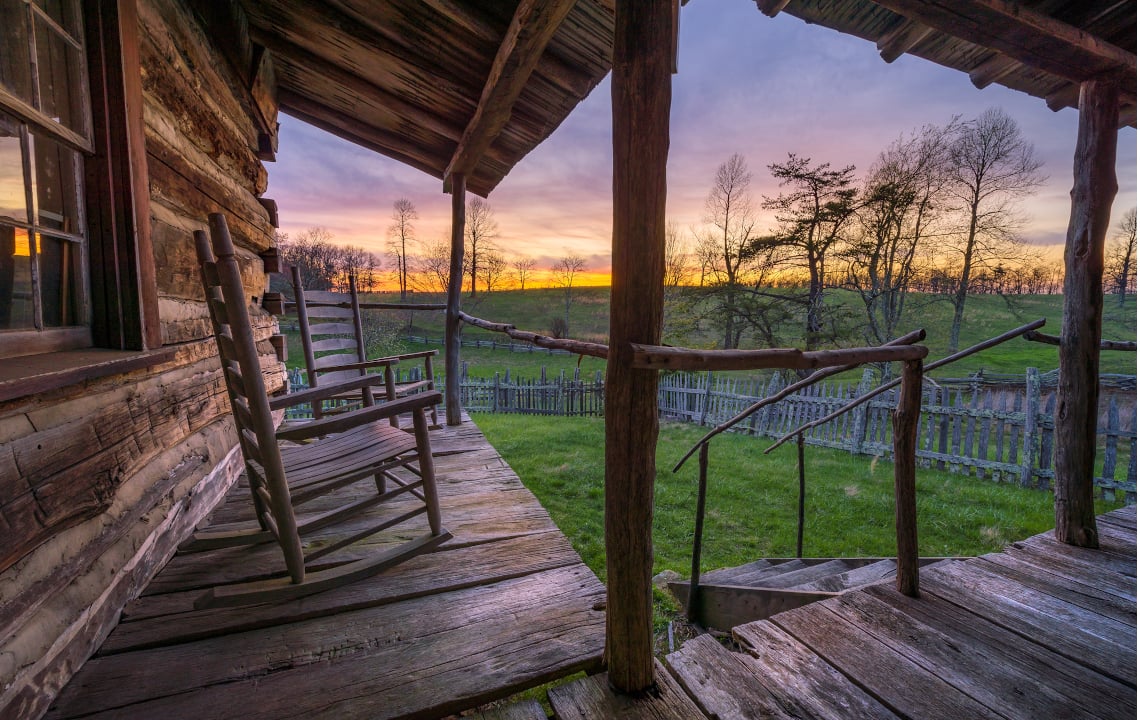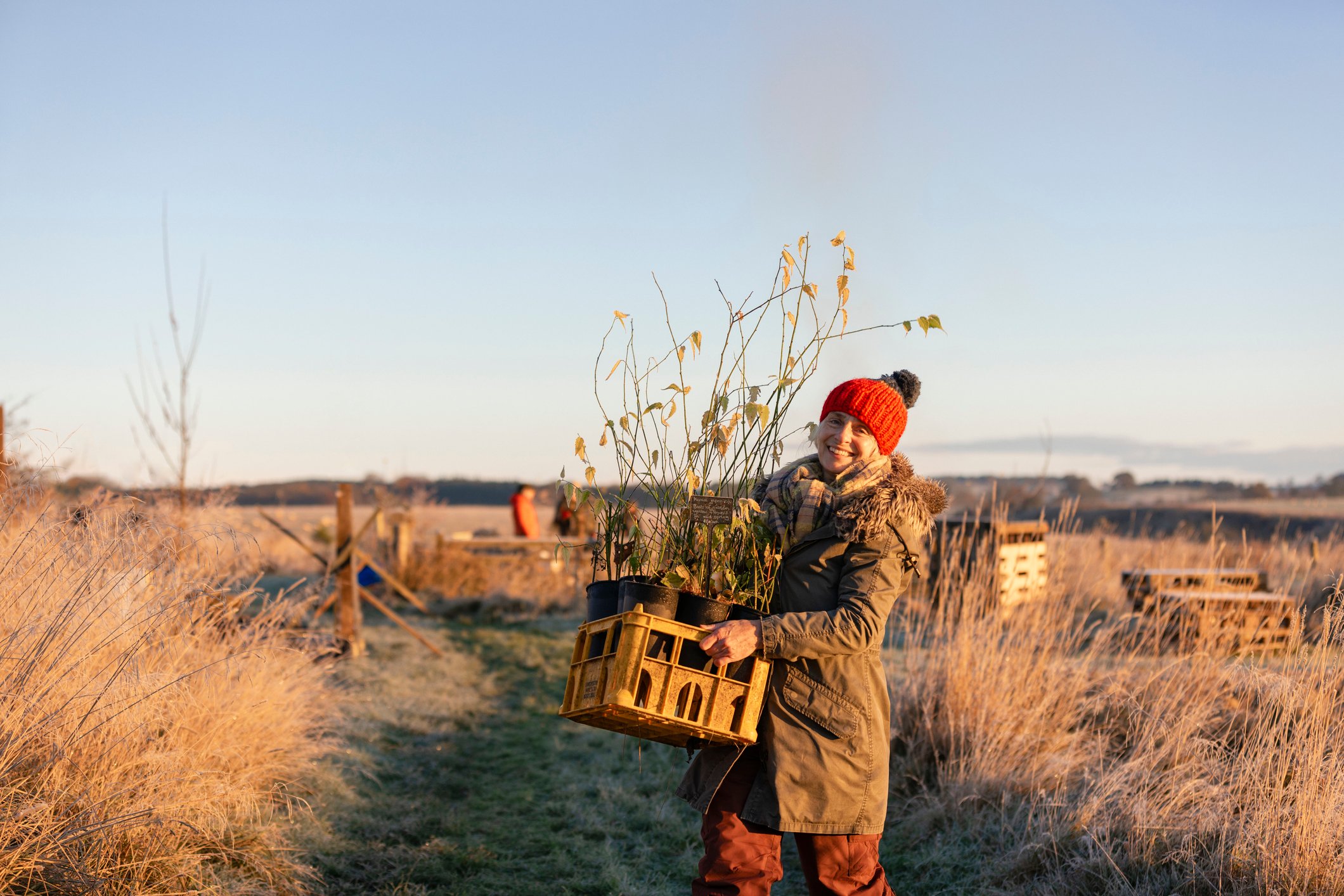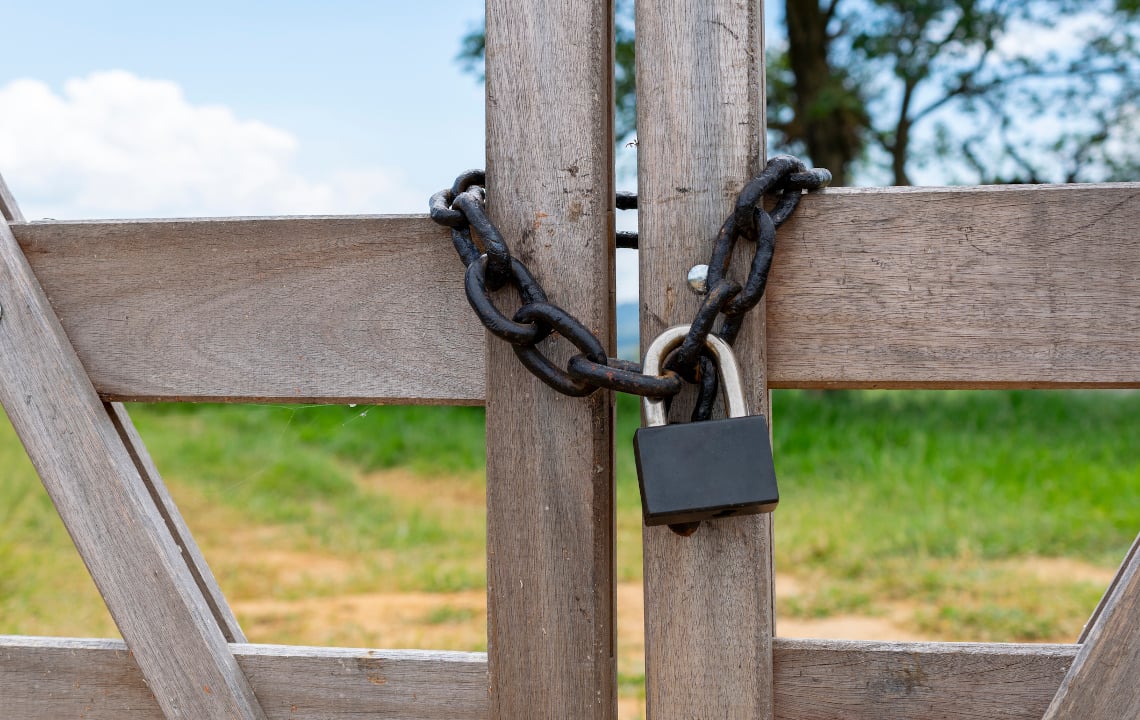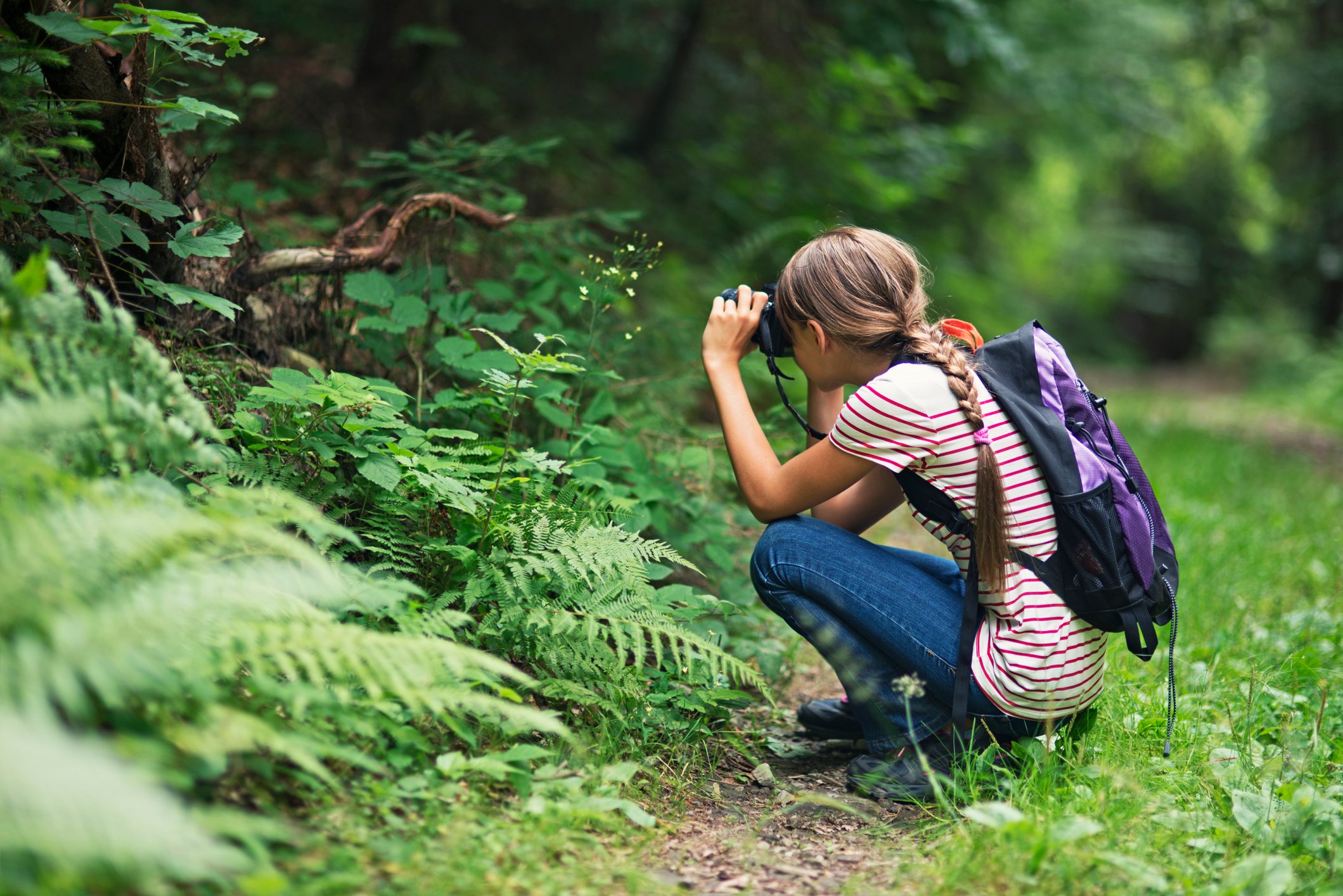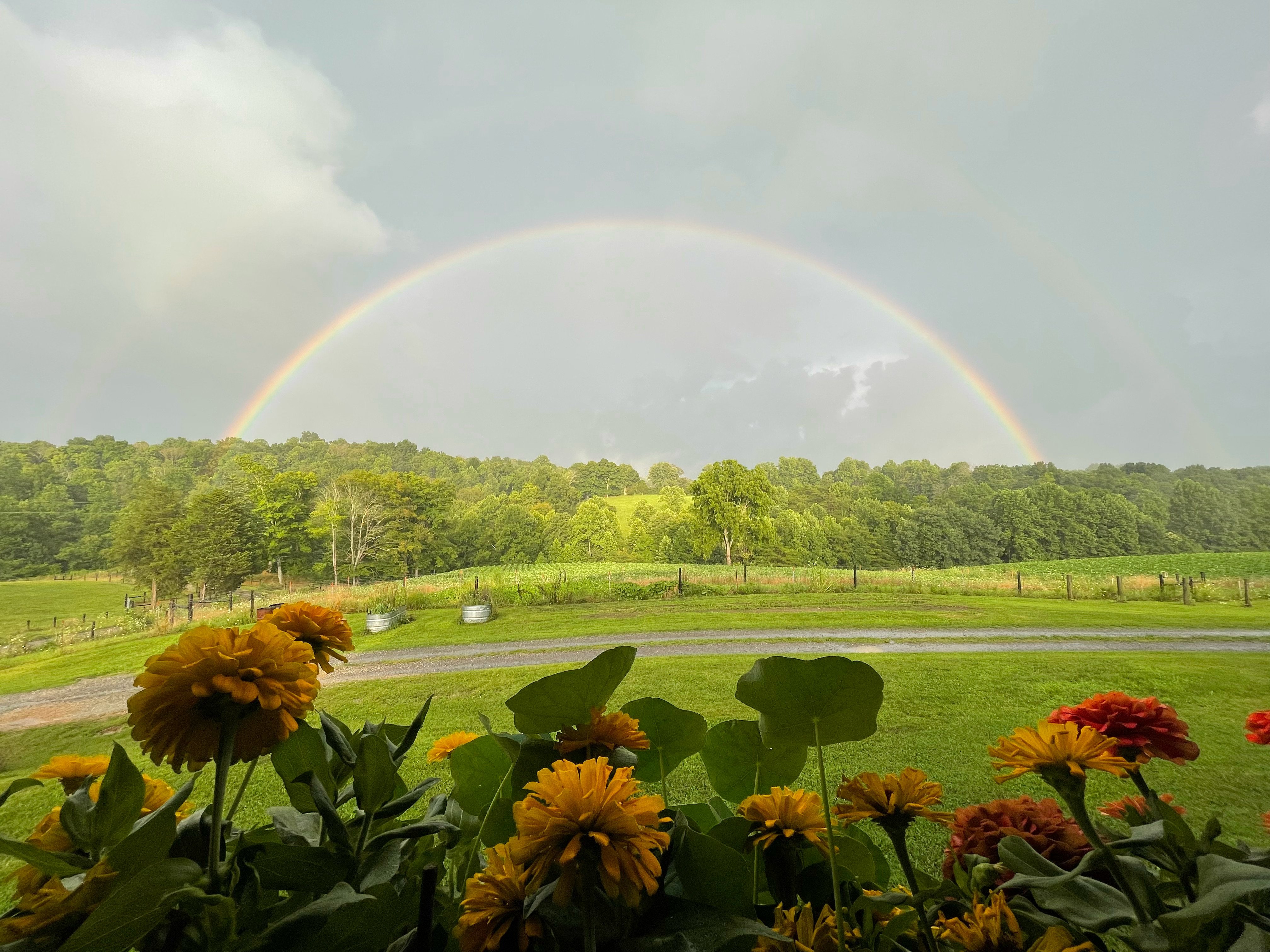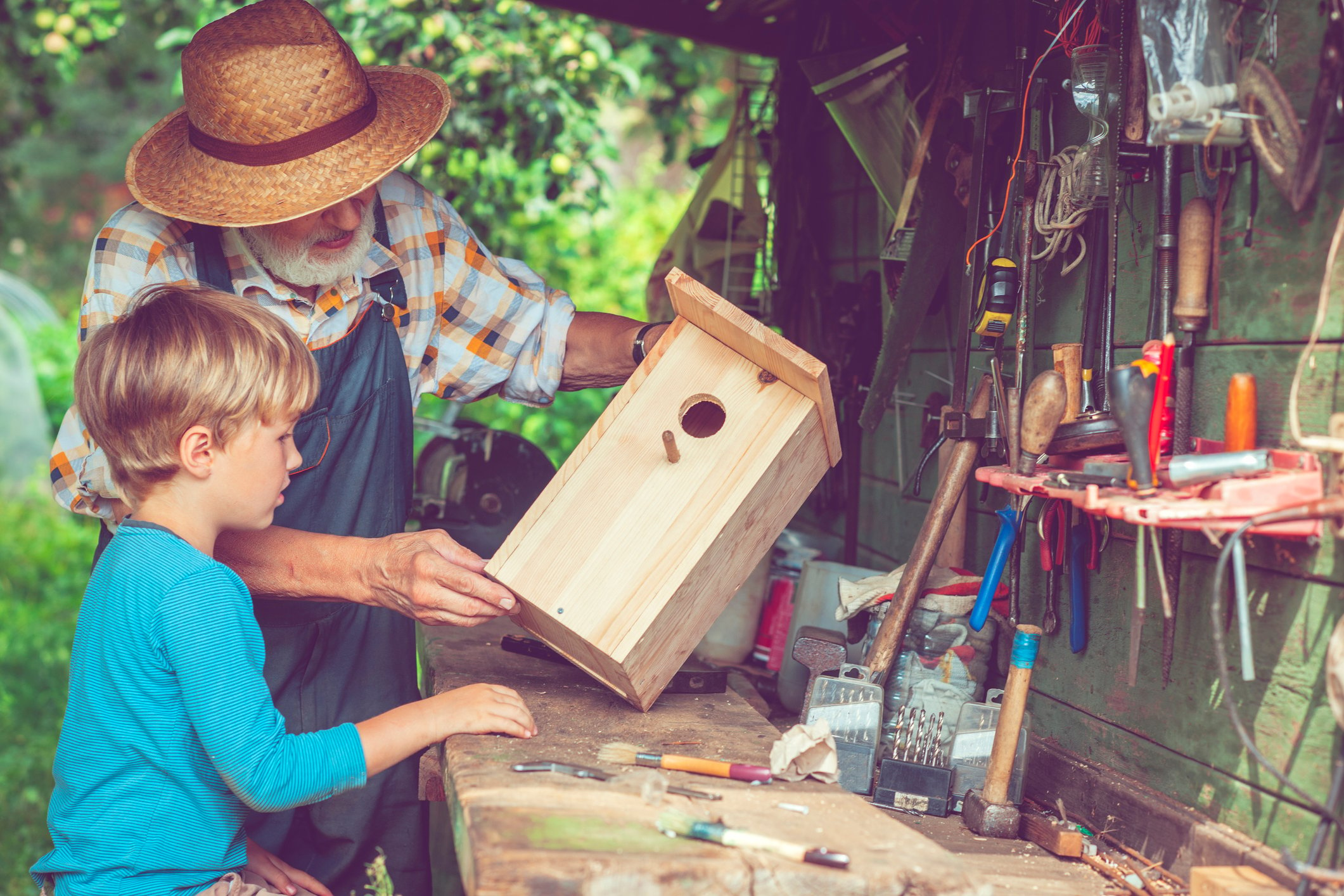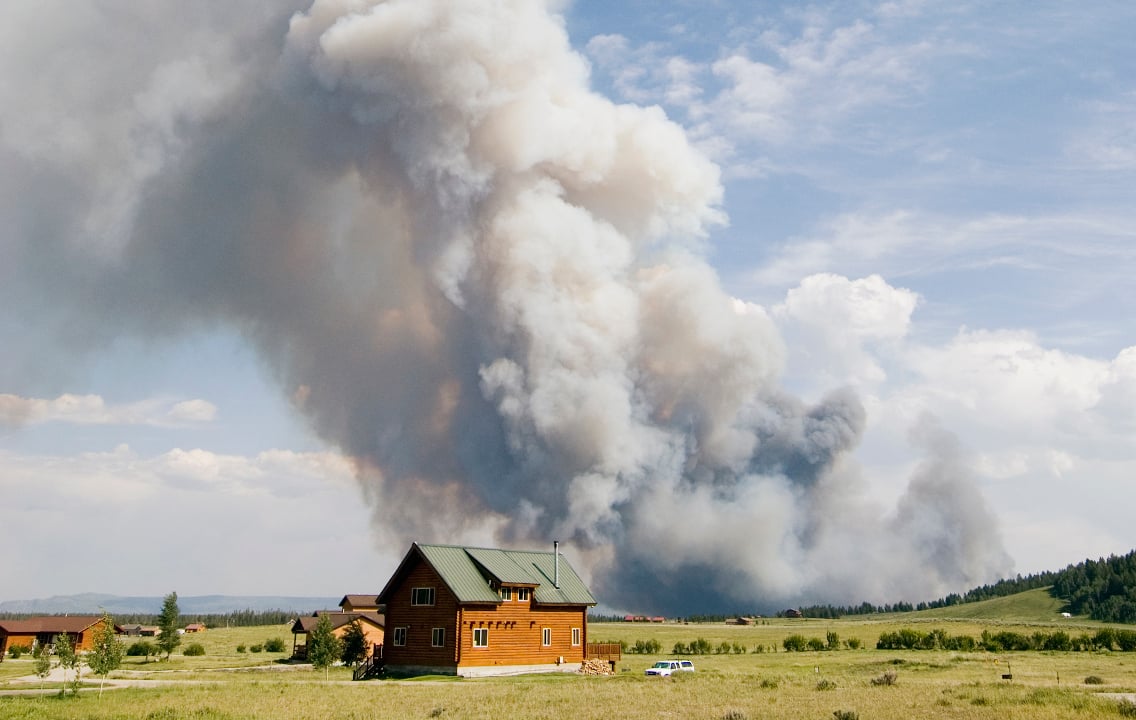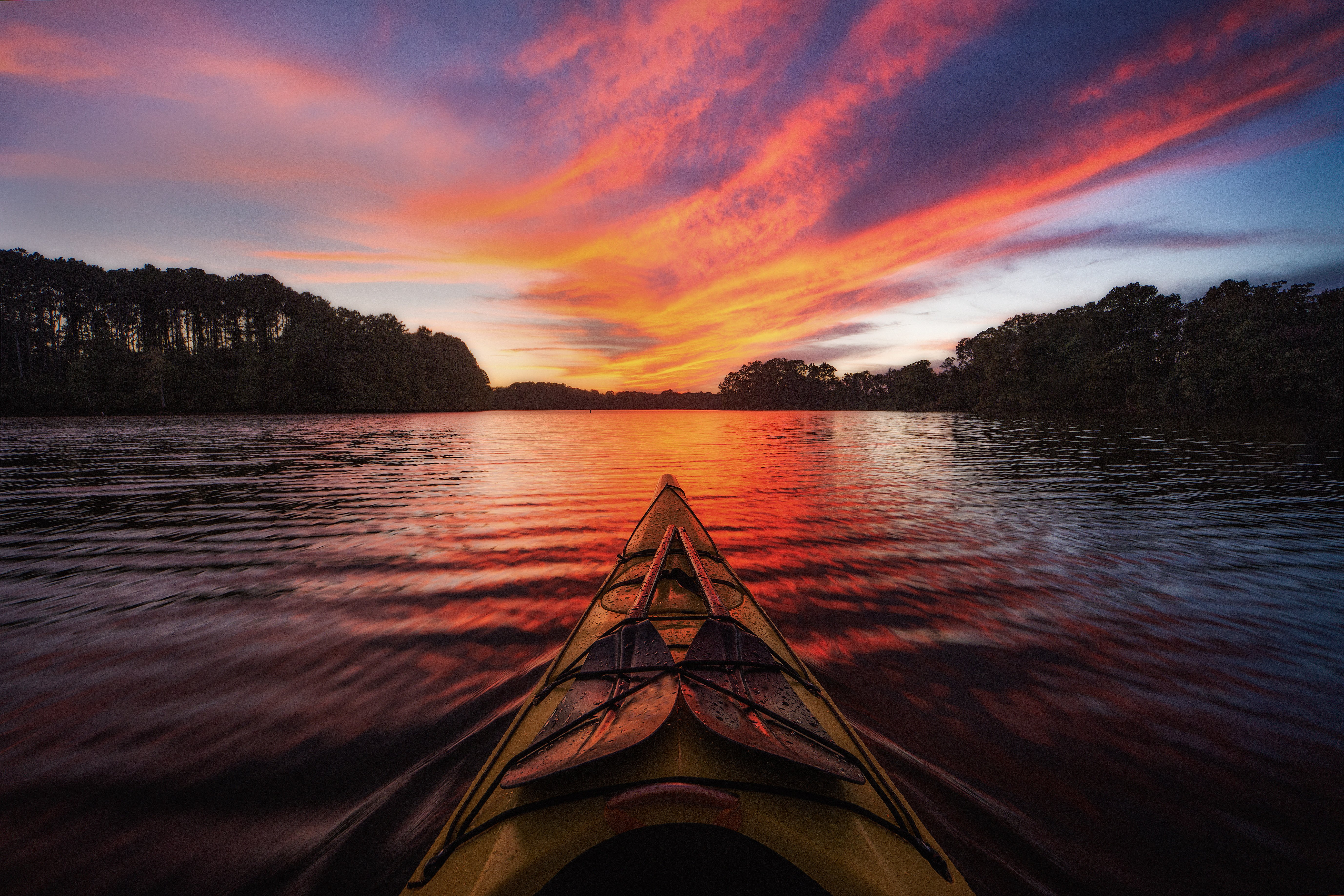As a hunter and nature lover, L. Woodrow Ross has become passionate about attracting, feeding and enjoying wild birds. He offers tips on choosing where to put feeders, feeder types, what to feed the birds and how to get the most out of your backyard bird sanctuary.
The cheerful antics of birds can be very entertaining, and the cost for equipment and feed to draw wild birds to your land is insignificant when compared to the enjoyment provided.
 Attracting wild birds to your property is not difficult. Establishing suitable feeding stations, watering stations and keeping them clean and filled is the primary requirement. Owning property would not be the same without enjoying the beauty of wildlife close at hand.
Attracting wild birds to your property is not difficult. Establishing suitable feeding stations, watering stations and keeping them clean and filled is the primary requirement. Owning property would not be the same without enjoying the beauty of wildlife close at hand.
How to find the best place to put bird feeders and water stations
One of the first requirements is to select a safe site for the erection of your feeding and watering stations. The best bird feeder locations are:
- Close enough for easy observation from your home.
- At the same time, they should be far enough from your home that your activities will not constantly startle them from the feeders.
- Unless you are on large acreage far from busy roads, choose a spot behind the home and away from high traffic areas. This will attract more birds, and they will be safer.
Types of birds you can attract with a birdfeeder
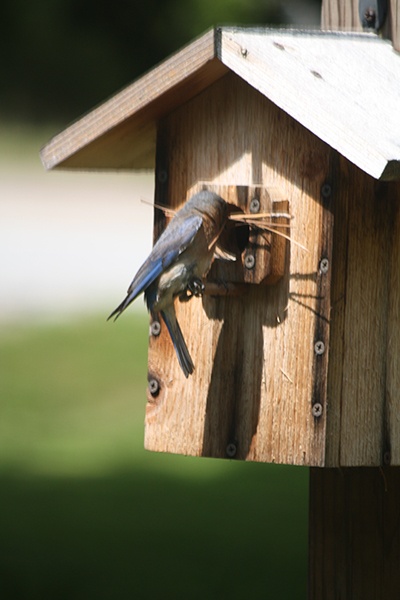 Birds are categorized into groups that make identification easier. The categories that populate your region may not include all groups. Some of these do not normally frequent feeders. Two groups present at most feeders include:
Birds are categorized into groups that make identification easier. The categories that populate your region may not include all groups. Some of these do not normally frequent feeders. Two groups present at most feeders include:
- Perching birds, such as sparrows, cardinals, chickadees, jays, finches, titmice, wrens and similar species.
- Clinging birds, including woodpeckers and nuthatches.
Some locations will have an influx of ground feeders such as doves and pigeons, and you might occasionally attract some quail. Doves and quail are specified as game birds in many regions and may be more wary around human habitations.
Selecting the right type of birdfeeder
There are a number of different types of feeders. Each one meets specific needs and attracts different species. Here are five key types of birdfeeders as well as bird bath information:
- Tube feeders - This type of feeder is vertical and cylindrical, and usually having 4 to 6 perches allowing access to the feed. This type of feeder attracts small to medium species such as sparrows, titmice, chickadees and similar birds.
- Hopper feeders - These feeders usually have larger landing areas and are easier for larger birds to perch on and feed. They hold more feed and don't require refilling as often. They attract northern cardinals, blue jays and similar species.
- Platform feeders - These can be open overhead or covered and also allow larger species to feed more easily. They will also host cardinal and blue jays, but often attract Mourning doves due to the large flat feeding surface.
- Thistle socks and feeders - Thistle seed (Nyger) is tiny and requires special mesh sock feeders or tube feeders with small ports. These feeders are attractive to finches and in the late winter and spring, goldfinches will flock to them in great numbers, fighting for position on the feeders.
- Suet feeders - These are usually small cages that hold suet cakes so that when birds peck them, they will not fragment. These will attract many species, especially in cold weather when birds need the fat content to survive. They are especially attractive to clinging birds such as woodpeckers and nuthatches.
- Waterers or bird baths - While not classified as feeders, waterers or birdbaths are very important to attract birds. Water can often attract almost as many birds as feed. It relieves them from having to travel great distances away from the feeders for water.
Squirrels can play havoc with feeders, destroying them by chewing plastic or wood. It is imperative to place guards on the poles that hold your feeders. This will restrict the squirrels to feeding only on spilled feed on the ground. Also, do not locate feeders where overhanging limbs exist. Squirrels are tenacious and will try their best to find a route to the feeders. Sometimes they sit for long periods looking at feeders, or trying to climb past guards to access the bountiful supply of food.
Types of feed for various bird species
There are many different types of feed, and some are attractive to specific species, but some are more universal. Some of the best-known food sources are listed below.
- Black oil sunflower seed - This is one of the most universal foods. It attracts a wide range of species. It is available in the shell or as shelled sunflower hearts. The in-shell seeds leave a residue that can become unsightly if not removed periodically. If you desire to keep a neater feeding area, the hearts may be a better choice.
- Thistle seed (Nyger seed) - This is most attractive to finches. If finches are present and you do not provide thistle seed, they will waste a lot of sunflower seed as they search through it for something that appeals to them.
- Saffron seed - This is especially attractive to northern cardinals, but they have to adapt to it. Most birds do not recognize white seed as something edible. You may have to mix this with black oil sunflower seed to get the birds to accept it..
- Suet - There are many different types of suet that appeal to different species. You will need to experiment to see which works best for you at your feeding stations. You can make your own suet, and a number of recipes can be found in bird books or online. Most commercial offerings are very adequate.
- Fruit - Orioles and some other birds enjoy fruit. An orange or grapefruit can be halved and stuck on a spike to attract these birds. A grapefruit half rind can be filled with suet or peanut butter also.
In addition to the seed-eating species, hummingbirds are wonderful, delicate little creatures that will provide hours of delight. Feeders can be filled with commercial solutions diluted with water, or you can make a suitable food from 4 parts water to 1 part sugar. Bring the solution to a boil to liquify the sugar and allow to cool before filling the feeders. Keep feeders clean and do not allow fermentation to occur.
Birds have basic requirements similar to most other animals. Those include food, shelter and water. If those things exist, you will have birds. We have discussed food and water above, but you might also consider planting shrubs and trees to provide shelter and protection for birds. Your efforts will be well rewarded.
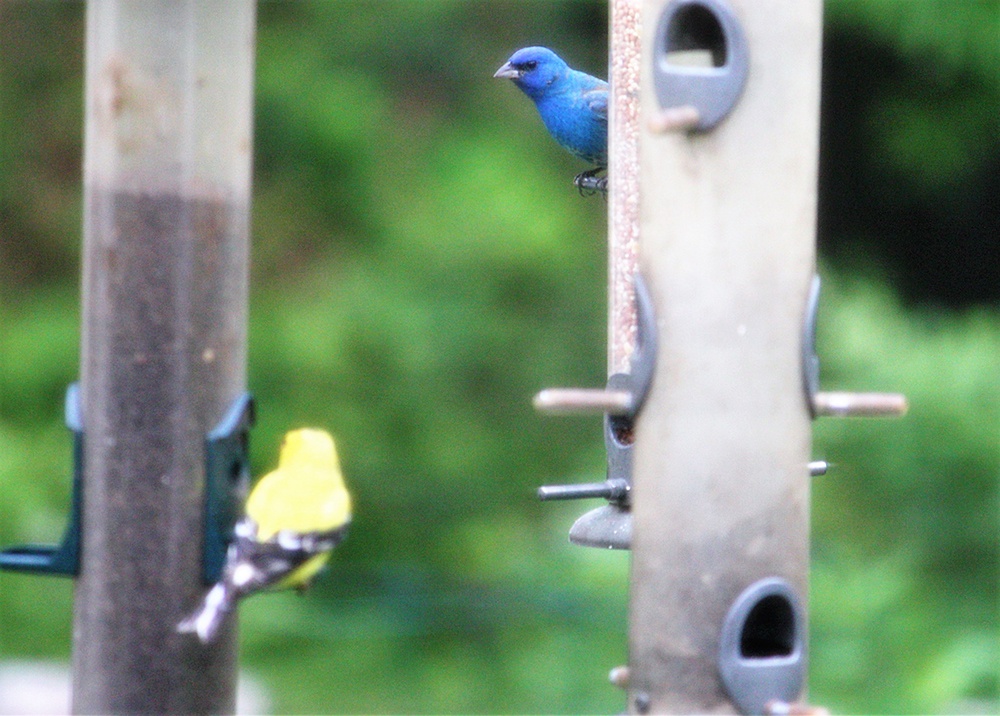
Gear for birdwatching
After launching into bird feeding, you will find that a good set of wide-angle binoculars that focus at short range will help in close observation and identification of visitors to your feeders. As you become more familiar with various species, you might find it interesting to start a "life list" of all the species observed. Also, investing in books with photos, descriptions, calls, habits and migration routes is worthwhile. It is a good practice to keep a camera handy to photograph new species for identification purposes or to record unusual happenings at the feeders.
If you are a handy woodworker, it is relatively easy to construct bluebird houses. Bluebirds are beautiful to observe as they raise their families. Even after they have hatched and left the box, they will visit occasionally through the fall and winter to water and bathe at the birdbath. Bluebird houses are available commercially if you do not have access to woodworking tools.
A property without wildlife would be like living in a desert. Not to see birds and hear the musical sound of their calls would be most unfortunate. Consider adding feeders, waterers and shelter to your property and experience the joy of birdwatching.
If you enjoyed this article, see also our article on some of the best birdwatching destinations in the South.
Photos in this article by L. Woodrow Ross.


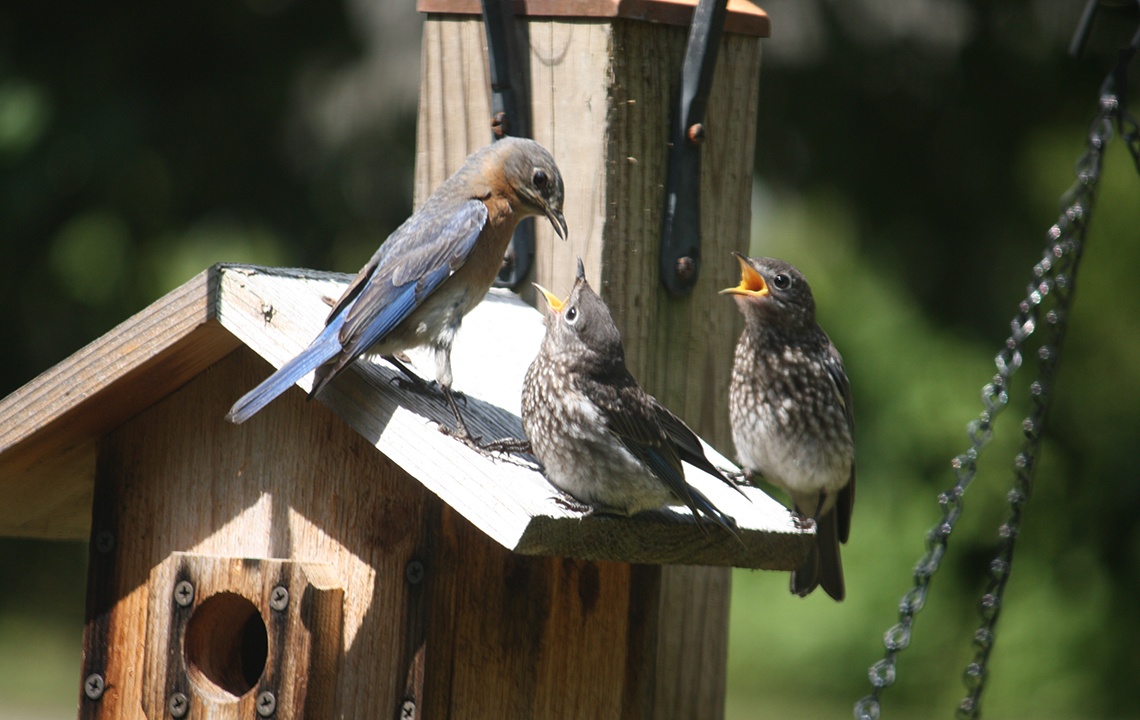
.jpg)
